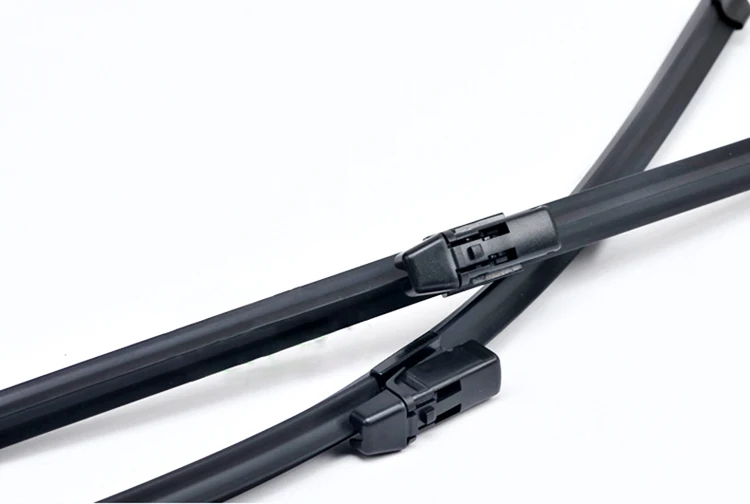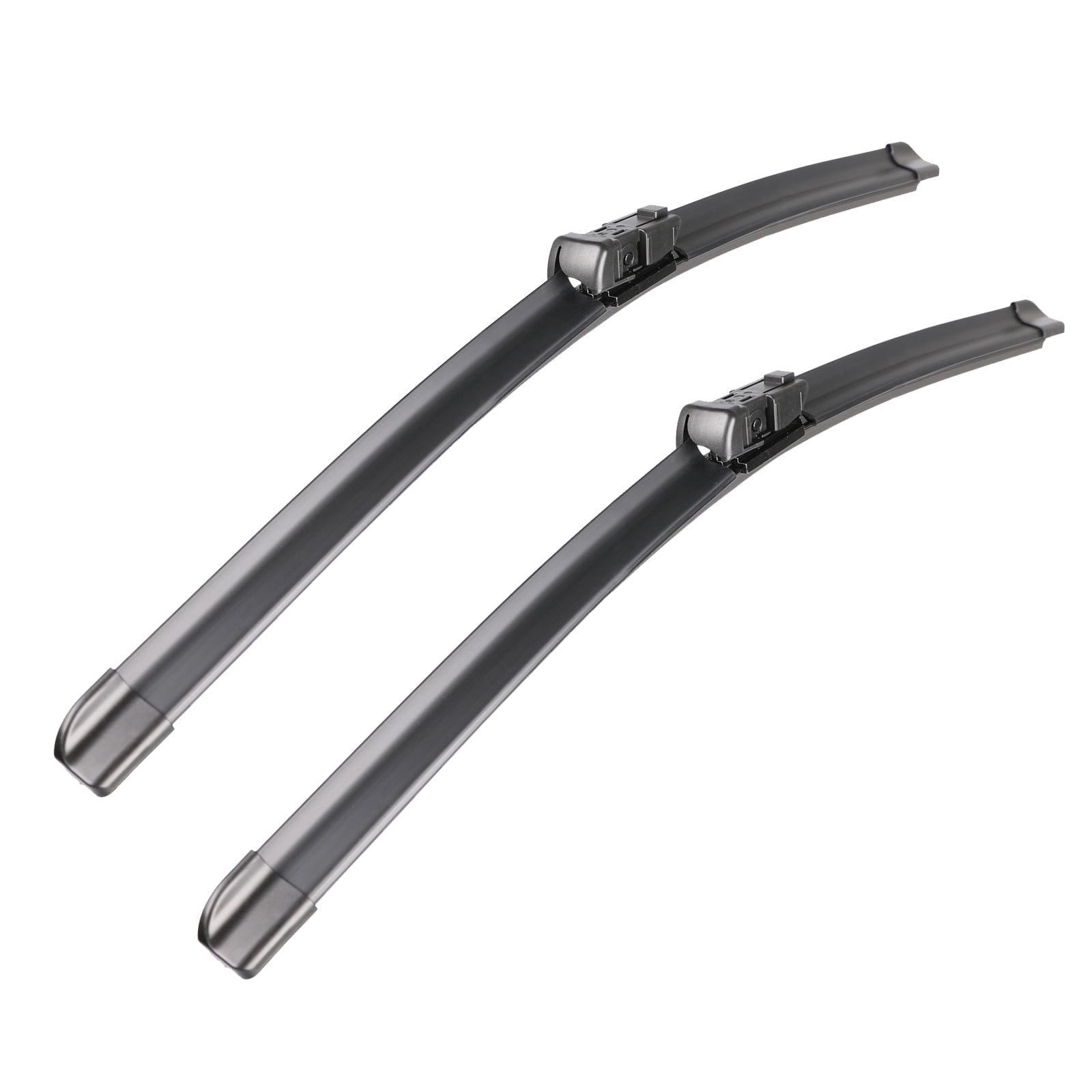

This can be frustrating and unsafe, as it hampers your ability to see the road clearly. Imagine driving through rain or snow and noticing patches of moisture or debris lingering on the glass, even after the wiper blades have passed over them.

Incomplete cleaning:Īnother indicator that your windshield wiper blades are past their prime is when they leave areas of your windshield uncleaned or with reduced visibility. The combination of unpleasant noise and compromised performance indicates that it’s time to invest in new wiper blades. Instead of gliding smoothly across the windshield, the blades experience friction and resistance, leading to erratic movements and inadequate cleaning. The squeaking or chattering occurs when the rubber on the blades hardens or sustains damage. Picture yourself driving in the rain, and every time you activate your wiper blades, an annoying squeaking or chattering sound fills the cabin. Consequently, they fail to adapt to the contours of the windshield, resulting in uneven and ineffective wiping action. Exposure to extreme temperatures, such as scorching summers or freezing winters, can cause the rubber on the blades to lose its flexibility. Have you ever turned on your wiper blades and noticed that they seem to skip or hop across the windshield instead of moving smoothly? This skipping or hopping motion typically indicates that your wiper blades have become rigid or distorted. As a result, the blades struggle to efficiently sweep away water, dirt, and other debris, leaving behind those annoying streaks that compromise your visibility. When the rubber component of the wiper blades wears down over time, it loses its ability to make proper contact with the windshield. It’s frustrating to have streaks obstructing your view, especially during rainy or snowy weather.


One of the telltale signs that it’s time to replace your windshield wiper blades is when they leave noticeable streaks or smears on your windshield, even after you’ve diligently cleaned it. Regularly changing your blades ensures optimal functionality and maintains clear visibility during rainy or snowy conditions, which translates to safer travel. While it may be clear-no pun intended-that you require new wipers, there are some nonvisible signs that your blades need to be swapped out. (Even the longest-lasting wiper blades aren’t going to survive multiple winters!) When it comes to auto maintenance, you may forget some so-called minor tasks, including installing new windshield wipers-even though they’re cheap and incredibly easy to install yourself! How often should you change your wiper blades, though?Īs a general guideline, it’s recommended to get new windshield wipers every six months to a year, depending on your usage and the climate.


 0 kommentar(er)
0 kommentar(er)
